A giant manta flies past us seemingly in slow motion, with gnarled grey eyes staring through us as we kick along beside it.
A short distance away we follow white tipped reef sharks around coral atolls, while surfers cruise above us on the surface. A turtle glides past in the distance, while a rainbow of fish dart through the coral.
Meanwhile just 32 nautical miles away, harbour waters are so polluted that locals will no longer eat the seafood, and endangered dugongs and turtles are starving due to lack of seagrass.
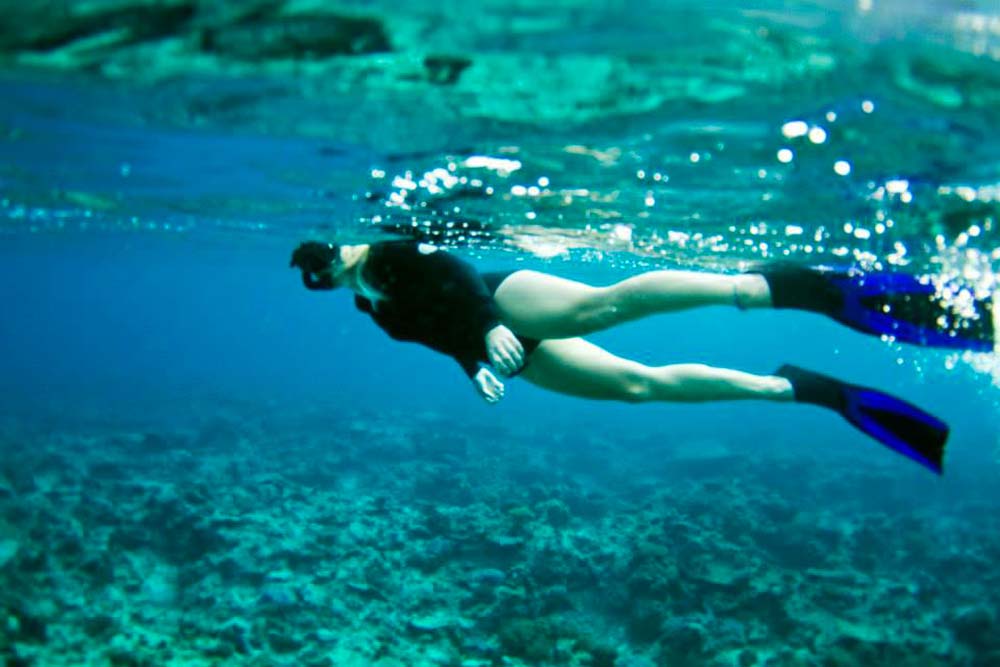
This is the world currently found along Australia’s east coast, where the Great Barrier Reef is facing huge impacts as a result of increasing threats from the mining industry.
A crew of scientists, artists, surfers, musicians and photographers have descended on the southern tip of the Great Barrier Reef to marvel, document and spread the word about the industrialisation currently threatening the world’s largest living ecosystem and to start a movement called ‘fight for the Reef’.
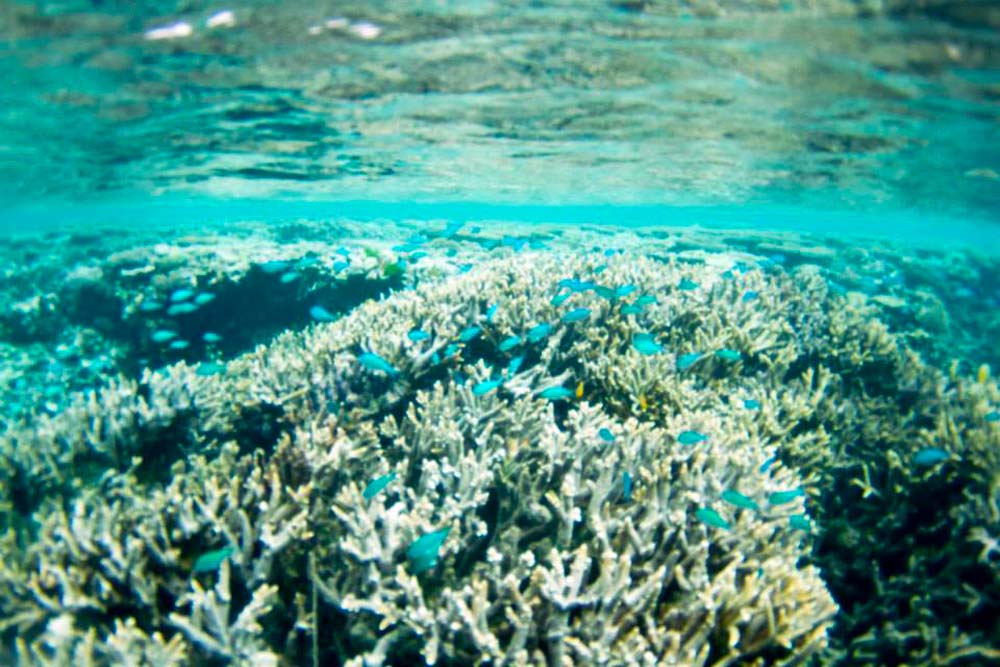
The Reef is over 3000 km long and is home to all of our favourite creatures including turtles, dugongs, sharks and visiting whales and seabirds. It brings in around 6 billion tourism dollars every year.
The magic (and money) of the reef is currently under threat due to short-sighted and rapid expansion and development.
Huge port developments along the reef have been fast tracked by the QLD government despite growing concerns from Australia and the global community, including environmental body UNESCO.
The expansions include the construction of mines, processing plants and shipping ports as well as dredging to make room for a massive increase in shipping traffic.
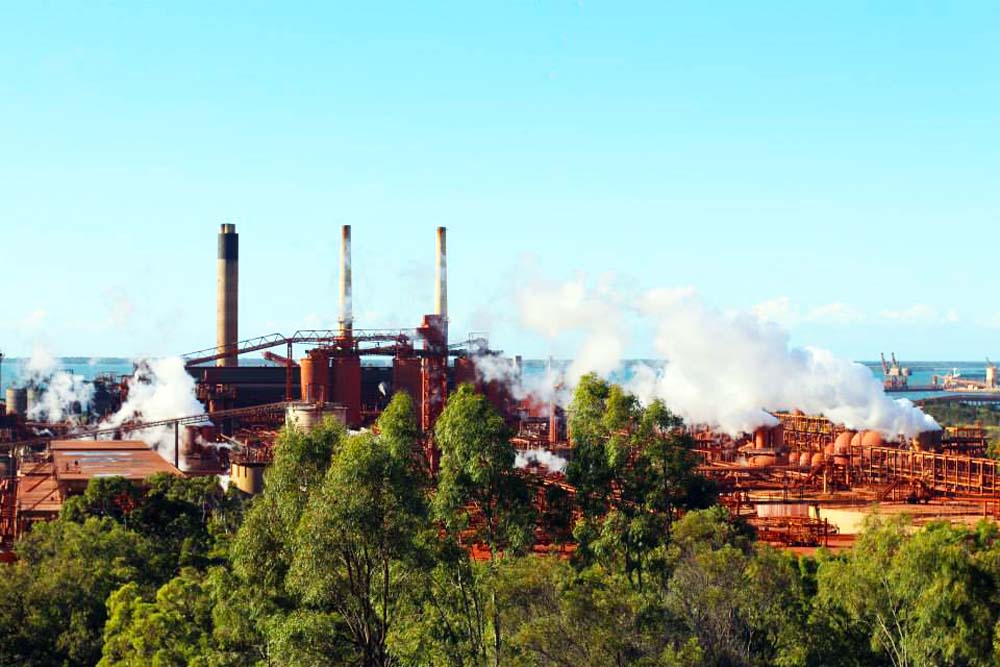
There are a series of large ports along the edge of the GBR already, with the four largest in Abbott Point, Gladstone, Hay Point and Townsville. To support increases in annual coal production, the capacity of these ports is planned to triple by 2020 and ship numbers will increase by more than half.
Abbott Point, located less than 50km from the Whitsundays, is feted to become the largest coal port in the world.
This development directly affects a reef already under pressure from climate change and ocean acidification. To further salt the wound, the extraction of these resources alone is hugely increasing carbon emissions, not to mention the massive impact of burning all of the coal that they are planning to extract from the Galilee Basin.
The impacts are widespread, from the obvious such as dumping of dredge spoils, ship strike, noise pollution and the ever-present potential for accidents to the more abstract, such as the death of seagrass populations which were previously sinks for carbon.
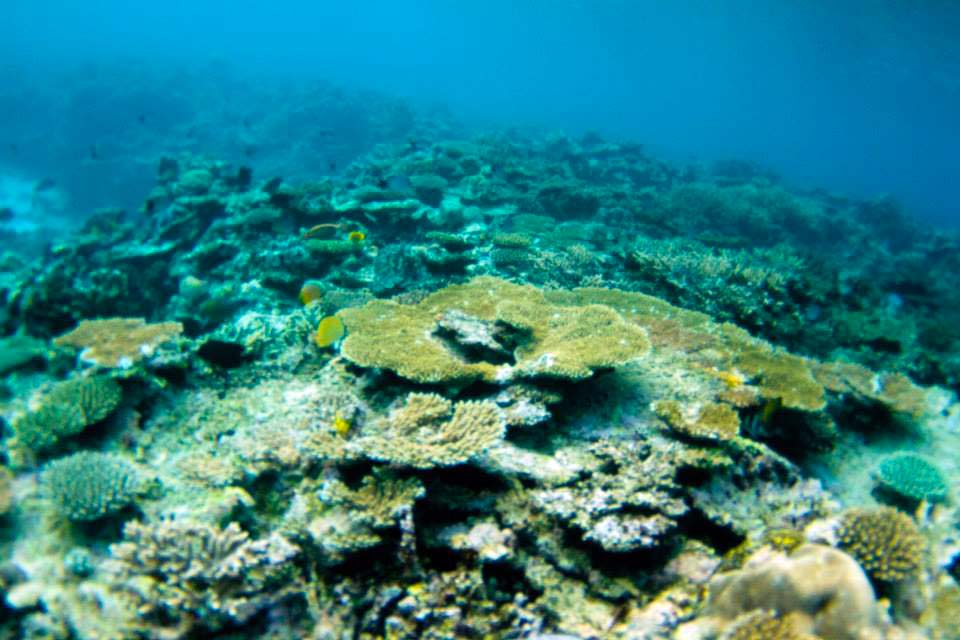
While we can already see some of the destruction, there is no way to predict just how devastating this could be to the reef, as well as coastal communities.
Sirens for the Sea, a grassroots ocean conservation group, teamed up with the global organisation Surfers For Cetaceans to get their heads around this issue first hand.
Professional surfers Dave Rastovich and Lauren Hill were joined by marine scientists, environmentalists, as well as ocean-loving artists and musicians, to dive the reef, surf the beautiful coral lagoons and explore the coastal towns and communities.
The group spent some time in Gladstone, touring around local industry and talking to locals. Responses to the mining were mixed, with some locals appreciating the future increased income but many others concerned about health impacts and long-term sustainability.
Dredging of Gladstone harbour back in 2011 to make room for a previous expansion led to a mysterious outbreak of red-spot disease, decimating local animal populations from fish, to sharks, to threatened snub-fin dolphins.
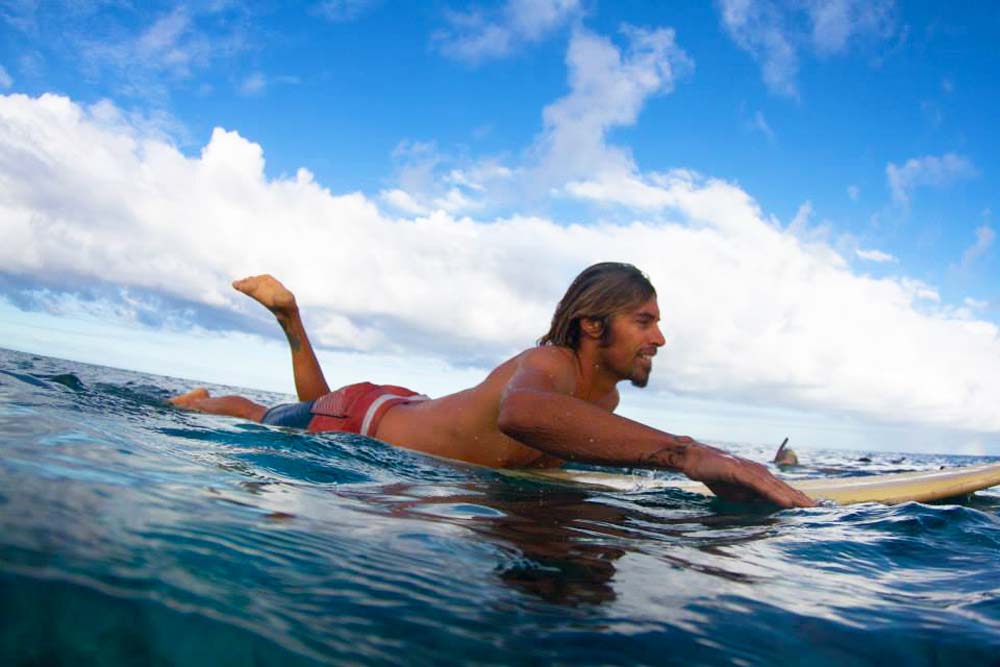
Gladstone has cancer rates that are on average 10% higher than the rest of QLD, and 15% more people suffer from asthma, which is not surprising when you consider the coal dust in the air.
There are also the mental health issues associated with living in a fly-in fly-out town where natural beauty is being destroyed and replaced with factories and smog and amongst this chaos, huge impacts on Aboriginal Australians for whom the reef is an important part of cultural heritage, a lifelong heartbeat, song-line and eternal connection to mother nature.
The proposed expansions of ports along the outskirts of the Great Barrier Reef Marine Park put the habitat and lives of amazing animals like the giant manta in jeopardy.
All for short term profits into the pockets of already rich men and women.
It does not benefit the people of Gladstone, or other coastal towns. And it certainly does not benefit the future generations who may never get to experience the incredible beauty of the reef as we have.
Your money may be being used to fund this development – ANZ, Commonwealth, NAB and Westpac invested over $20 billion in fossil fuel projects in Australia between 2008 and 2013.
On the other hand, international banks such as Deutsche Bank and the Royal Bank of Scotland have already pulled out of funding mining developments due to concerns over the reef.
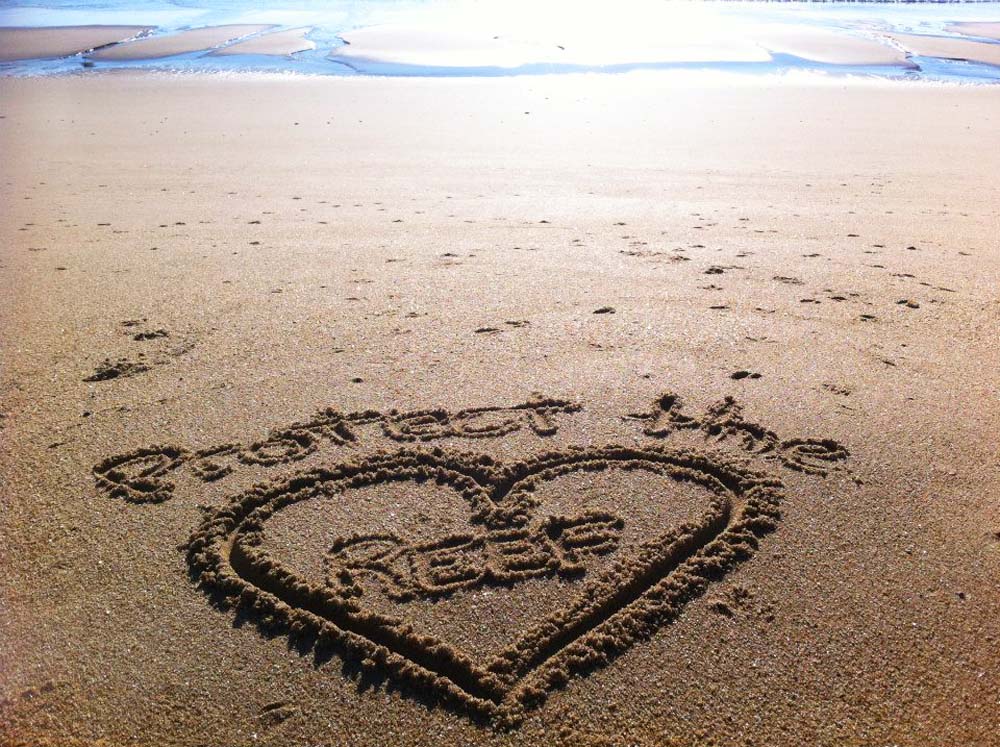
So what can you do?
- Move Your Money. It’s easy to switch your money into smaller, community banks like Bendigo or Southern Cross that put the money back into community projects instead of funding fossil fuels. So move your money – and make sure you tell the bank why!
- Donate. Join campaigns like Get Up! (www.getup.org.au) where you can sign petitions as well as donate to campaigns.
- Learn. Follow the Sirens campaign at sirensforthesea.org and @protectthereefofficial on Instagram.
- Tell our politicians. Send a letter or call Greg Hunt (environment minister) to let him know you care
- Tell a friend. Next time you’re at the pub, talk to your friends about something that matters and get your friends and family to join the fight for our reef.
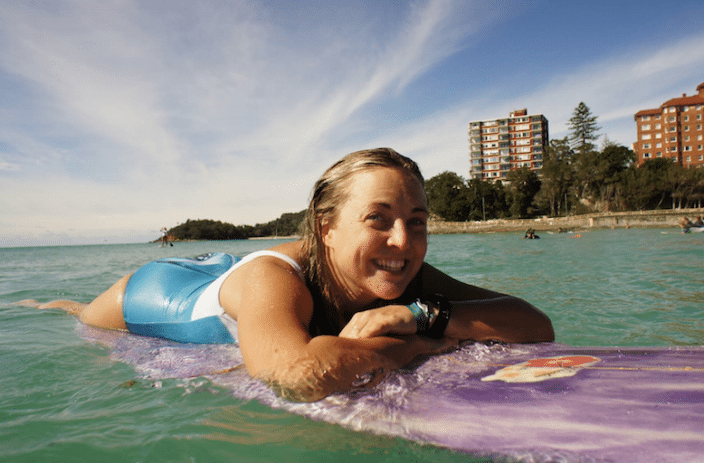
This guest post is written by conservation activist Alice Forrest.
Alice Forrest’s love of the ocean came when she was just 21 and learnt to scuba dive. She has a degree in conservation biology and her principles are simple:
“Protect the water and respect the planet. If the ocean dies, we die.”
Alice currently works with Sirens for the Sea (www.sirensforthesea.org), a grassroots movement bringing together ocean lovers to conserve what we love. She also works with the Two Hands Project and Dr Jenn Lavers on campaigns, public education and research into plastic pollution and is now working with Marine Sanctuaries.



